Physical Properties of Gemstones
As a gemologist and someone how handles gemstones every day, a lot can be identified about a gem simply by looking at it and using some basic gemological knowledge. People who handle gemstones frequently can identify gems based purely on their physical properties.

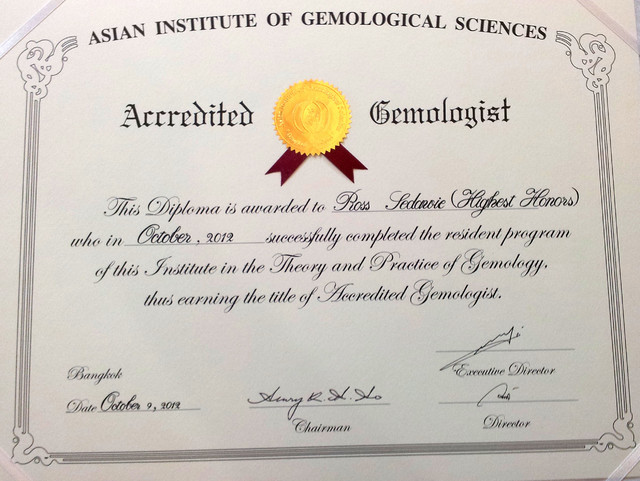

Physical Properties Of Gemstones
Weight or Specific gravity (SG)
This relates to how heavy a certain size gemstone feels. For example, a diamond dealer will know that 5.2mm diamond will weigh 0.50 cts and how that gemstone feels in the hand because it has a specific gravity of 3.52. However a diamond stimulant such as Cubic Zirconia (CZ) has a S.G of 5.6, so a CZ of 5mm will feel a lot heavier than a diamond. This technique is known as “heft” and can be practiced by picking up different gemstones everyday and just feeling how heavy it is compared to how big it is. To test this for yourself, if you have something like an opal, feel how heavy it feels in the palm of your hand. Bounce it up and down and get a feeling for it. Then pick up any other gemstone you have. Opal is very light (S.G of 1.45), so even larger opals feel light compared to smaller coloured gemstones.
Harness and the MOHS Scale
Hardness is the resistance of a gemstone to scratching. It is measured on a scale called the MOHS scale. The hardest gemstone is Diamond, with a hardness of 10. Only a diamond can scratch another diamond, nothing else can. Corundum (Sapphire and Ruby) is a 9 so it is also very hard. Quartz has a MOHS of 7, which is a very important hardness number. In jewelery, it is generally recommended to use a gemstone with a hardness of 7 or greater. Why? Well Quartz is a very common mineral on earth, and the air around us actually contains minute particles of Quartz. If you think about how much dust and dirt can get on your ring, you can assume that there is small amount of Quartz on your beautiful ring finger gemstone, so when you wipe that dirt off, the Quartz will scratch whatever surface it is on. If your gemstone has a hardness of 7 or less, it will become scratched and slowly loose its lustre or “shininess”. Since Diamond is the hardest, it explains why Diamonds that are 100 years old still sparkle even to this day. Hardness can be used as a clue when buying certain gemstones. For example, if someone is trying to sell you a white Sapphire (Hardness of 9), and it looks scratched or the facet junctions (where the facet points meet) look like they have eroded away, the question should be asked if this is really a white Sapphire or something else, like glass.
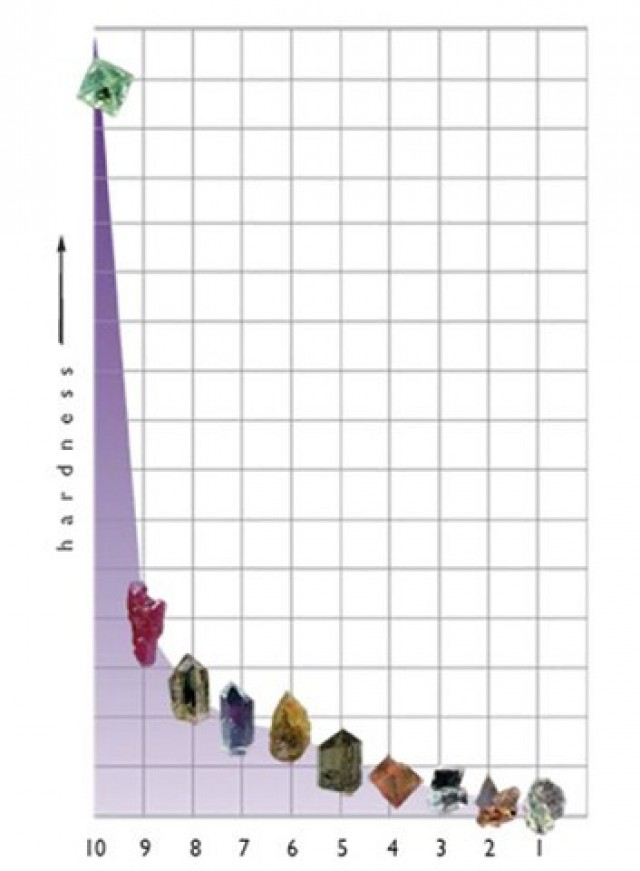
Figure 1 MOHS Scale
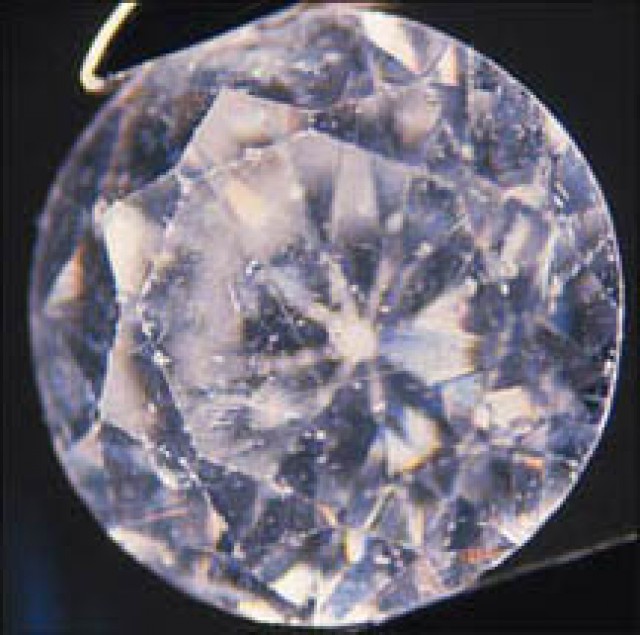
Figure 2 Diamond simulant. Very scratched, abraded facets
Durability
This is a very important property of gemstones. Durability can relate to many aspects such as resistance to corrosion, resistance from chemical attack (perfume ect), resistance to mechanical shock and resistance to exposure to light. Lets look at diamond again. It is the hardest gemstone, meaning it cannot be scratched by anything other than Diamond. But it is not very Tough. Diamond has cleavage meaning along certain planes it is weak against mechanic shock. Some gemstones, such as Pearls, which are organic, can be damaged by everyday things such as perfume, perspiration and other chemicals. Pearls require special care such as only wearing them after you have finished putting your makeup on and perfume on, and then at the end of the night, they should be washed in warm soapy water only. This will keep the pearly luster (known as Orient). Another factor for durability concerns exposure to light. This might sound ridiculous, but some gemstones suffer from a reduction in their colour when exposed to sunlight. The most common gemstone to have this property is Kunzite and recently fake Imperial Topaz. Both of these gemstones can be treated via irradiation, and these treated gemstones can reduce in colour when exposed to sunlight. Some gems have been known to even become colourless. Kunzite is commonly known as the “Evening gemstone” for this exact reason. Maxixe is a natural collector gemstone that has the natural property of being a stunning blue when it comes out of the ground and then becoming crystal clear within 30 minutes of exposure to sunlight. Lapis Lazuli is a very tough gemstone and is very durable. This property can be used when looking at Lapis because if the gemstone in question has small divets or smooth breaks, chances are it is not natural lapis but perhaps a synthetic version which is made of a clay type substance (this is made by a company called Gilson from France).

Figure 3 Maxixe: Before and After exposure to sunlight

Figure 4 Rough Lapis shows the granular type fracture
Cleavage
Great name, but it doesn’t mean what you think it means. It refers to a property in some gemstones where there is an atomic weakness along certain planes in the gemstone. These planes can cause the gemstone to break easily when exposed to mechanical shock. Cleavage is identified by “step like” breaks on the gemstone with a very shiny lustre. If a gemstone is broken and it shows a granular fracture (think about a rock breaking like Lapis) then it does not have cleavage. Gemstones can have basal cleavage, such as mica and Topaz, where the weakness is parallel to the base of the crystal. Other gemstones have prismatic cleavage which is a weakness parallel to the crystal faces. Diamond has cleavage that is parallel to the octahedral faces. Kunzite has a great looking cleavage, where it creates small triangular shapes on the surface of the stone. Cleavage can be used to separate crystals that look very similar. For example Topaz and Quartz. Topaz has basal cleavage whereas Quartz has no cleavage. If the base of the crystal has “step like” breaks, then it is a good indication of Topaz.

Figure 5 Step like breaks indicate cleavage in this mineral
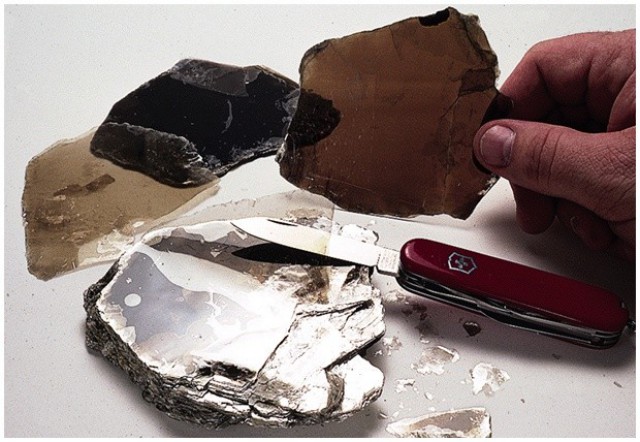
Figure 6 Mica has basel cleavage. Slices can be made parallel to the base

Figure 7 Kunzite patterns caused by cleavage. Note the step like shape
Twinning
This is defined as a change in crystal growth direction within a gemstone. Spinel has a beautiful twin (called a contact twin) where the octahedral shape of the Spinel stops and begins growing in another direction. This twining plane can be seen inside a cut gemstone which gives a good indication of the gemstone being natural. Quartz has twining (known is penetration twinning), as can be seen by most Quartz specimens. Amethyst has another twinning known as Brazil Twinning which has been used to spate natural Quartz from the synthetic counterpart. Chrysoberyl has what is called a cyclic twin, where the gem continually changes direction and completes a full circle.

Figure 8 Spinel Twin. The change in crystal direction can be seen

Figure 9 Spinel Twin. Full 180 degree twin
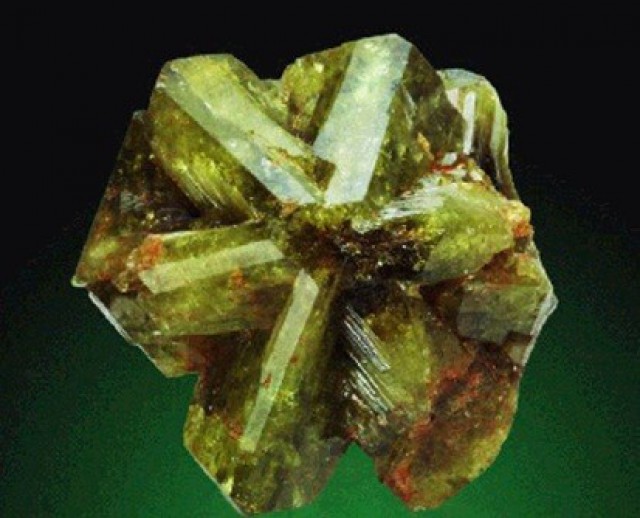
Figure 10: Chrysoberyl cyclic twin
Crystal Habit
This is the physical shape of how the gemstone crystals grow. This is not to be confused with the crystal system of a gemstone. Diamond and Spinel have a crystal habit of Octahedral. Corundum has what is known as the bi-pyramid hexagonal crystal habit. Tourmaline has a round triangle appearance and Garnet is a rhombic dodecahedra. All gemstone habits can be modified and sometimes do not resemble the official crystal habit at all
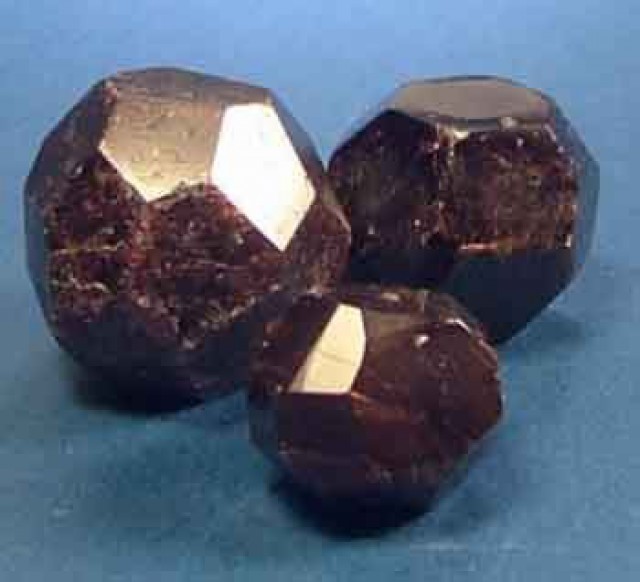
Figure 11 Garnet Crystal habit

Figure 12 Tourmaline Crystal Habit
Crystal System
This is how the atoms inside the crystal lattice are structured. This property can determine how hard the gemstone is, how the gem reacts to light and even the gemstones durability. The crystal systems are Cubic, Tetragonal, Hexagonal, Trigonal, Orthorhombic, Triclinic and Monoclinic.
Was this article helpful?
8 people found this article helpfulRoss Sedawie
- Written - 22nd Aug 2012
- Edited - 1st Aug 2023
Comments
hi admin 2, can please I know what are SR ans A SR, and how is it possible to detect
Hi Mason2912, the detect glass you can use the microscope and look for gas bubbles, the polariscope to look for SR reaction or A-SR reaction
















